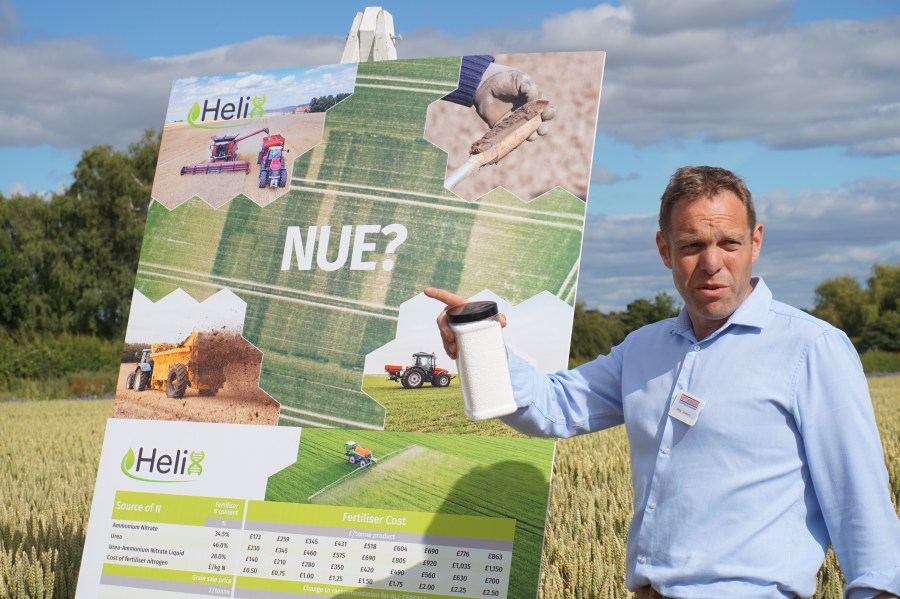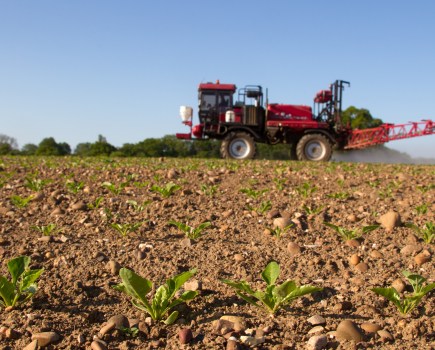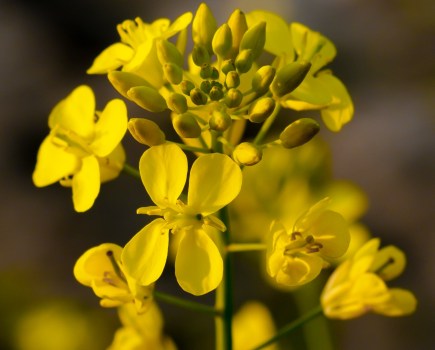Variable rate nitrogen applications could be a valuable tool for managing uneven crops this spring, urge experts.
Omnia’s Aidan Monaghan says while some crops sown before the weather broke last October have established well and show potential, others have struggled where seedbeds were compromised or land suffered prolonged waterlogging.
“There’s huge variation out there and some sensitive crops will require careful management. Using variable nitrogen applications to even growth up and optimise yield potential will have a much stronger role in a year like this.
“All winter crops can show a response from variably applying nitrogen, but the biggest benefits are when there is more variation. This year is almost the perfect opportunity for variable nitrogen, even if you’re already using variable rates elsewhere, such as for seed,” he explains.
Establishing a baseline
When planning nutrition strategies, Aidan recommends establishing a baseline for each field and crop. Omnia users can do this by accessing NDVI satellite imagery for any fields saved on the system.
“Satellites pass over frequently, providing a regular supply of new images throughout the year providing the skies are clear enough. Even images taken when crops are relatively small coming out of winter can provide a useful starting point to show in-field variation before anything starts growing,” he says.
According to Aidan, early mapping could also highlight any areas where crops have been damaged beyond repair and are better being re-sown, rather than receiving any further inputs.
He says NDVI maps can be further supported with results from Soil Mineral Nitrogen (SMN) testing, or later in the season, tissue, sap, or in-field chlorophyl tests. “It all helps build a picture of crop health and nitrogen requirements throughout the season.”
Flexible approach
There are different approaches to variable nitrogen, depending on the requirements of individual crops and field situations, adds Aidan.
“The traditional approach in winter wheat is often to variably apply the first couple of doses, upping rates on thinner areas of crop to build biomass, while cutting rates on thicker parts, to generate more even canopies,” he says.
However, because residual nitrogen levels this spring are likely to be lower than normal after the wet winter, which will have increased leaching losses, Aidan feels most fields will benefit from a early nitrogen dose to get crops moving.
“The best approach might therefore be to apply a flat rate first, then vary the second application to even crops up before tailoring the final nitrogen applications to the yield potential of specific areas.”
Front loading
Hutchinsons’ Rob Jewers agrees, adding that most trials over multiple years show a clear benefit from ‘front loading’ nitrogen at the start of the season to build biomass and support tiller retention during the crucial foundation phase. He says this then allows subsequent doses to be varied according to yield potential and end user requirements.
“It’s not just soil nitrogen that could be much lower this spring. Other nutrients are likely to be in shorter supply given how wet it’s been, so there could be a strong case for using a nitrogen, phosphorus, potassium and sulphur compound fertiliser to give crops an all-round nutritional boost.”
Application of technology
Equally, Rob points out that saving fertiliser isn’t the main aim of variable rate applications. “It’s about using the technology to even-up crop growth through the season, tailoring inputs precisely to crop requirements to optimise yield potential.”
He says this can bring other management benefits, such as reduced lodging or more even harvesting, and help growers improve overall NUE.
“Typically, NUE is around 55-60%, but a good target is 75-80%; any more than that and there’s a risk that you’re starting to ‘mine’ the soil’s reserves.”




